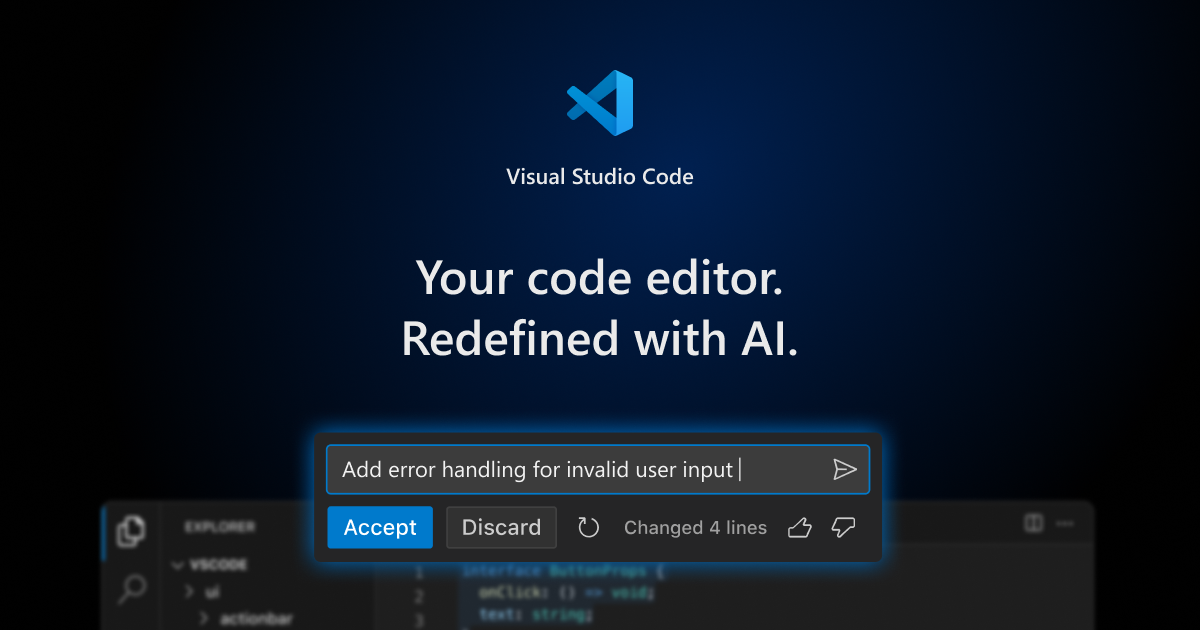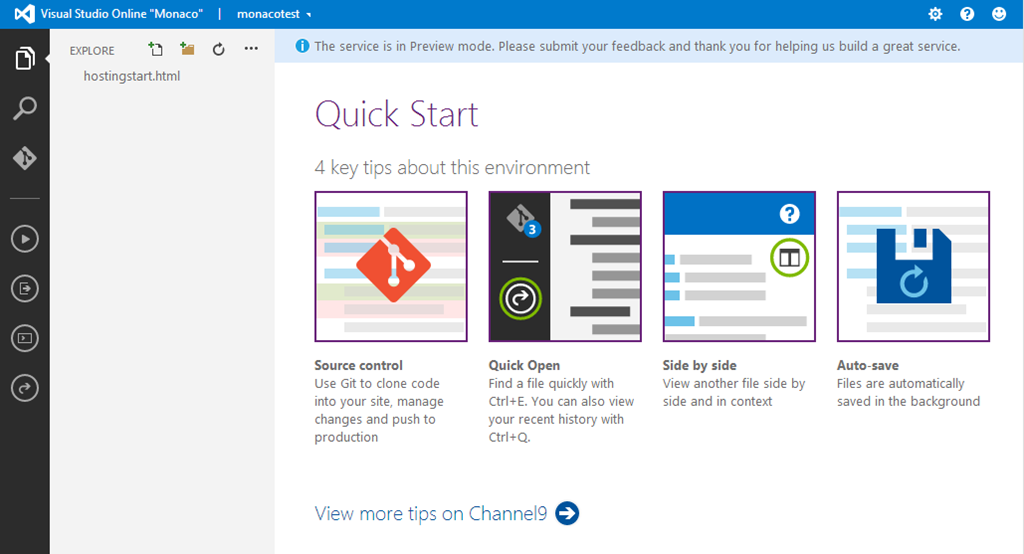
With these programming languages, you'll get the "Good" experience plus rich single file completions, semantic highlighting, syntax errors, and more.

Your mileage may vary with other experiences like code editing and navigation, which in VS Code are driven by programming language services that provide language-specific functionality. While that only works for a couple of modern browsers now - Edge and Chrome - those using non-supported browsers can still access local files using browser tooling. You can upload/download files (and even store them in the cloud using the Files app), as well as open repositories remotely with the built-in GitHub Repositories extension.


Even if you are on a restricted machine where you cannot install the full VS Code, you may still be able to use v to view and edit local files.

Quickly take notes (and preview!) in Markdown. There is local machine file access, however, enabled by the File System Access API.


 0 kommentar(er)
0 kommentar(er)
